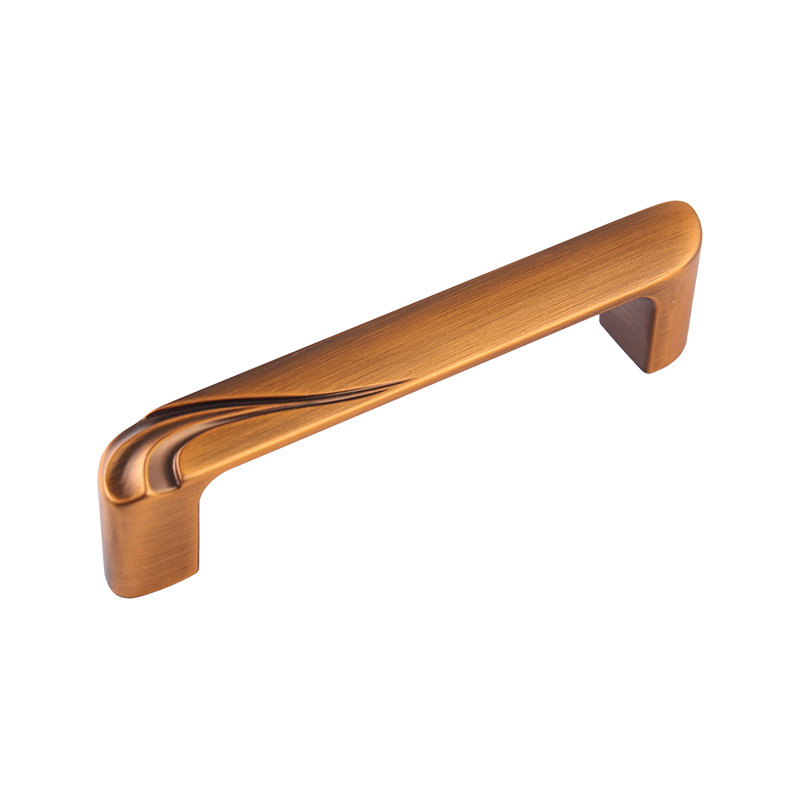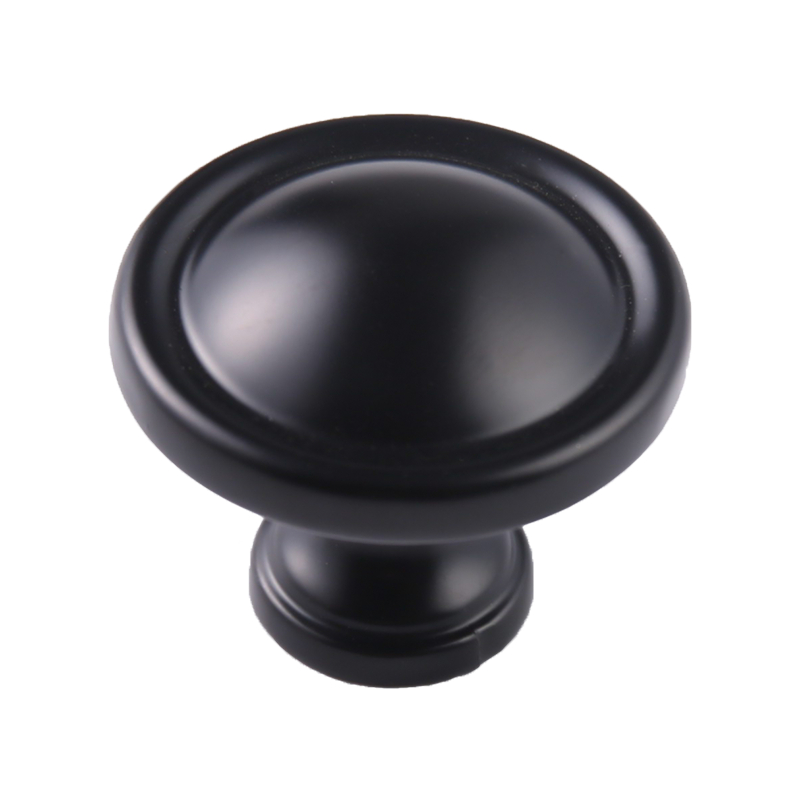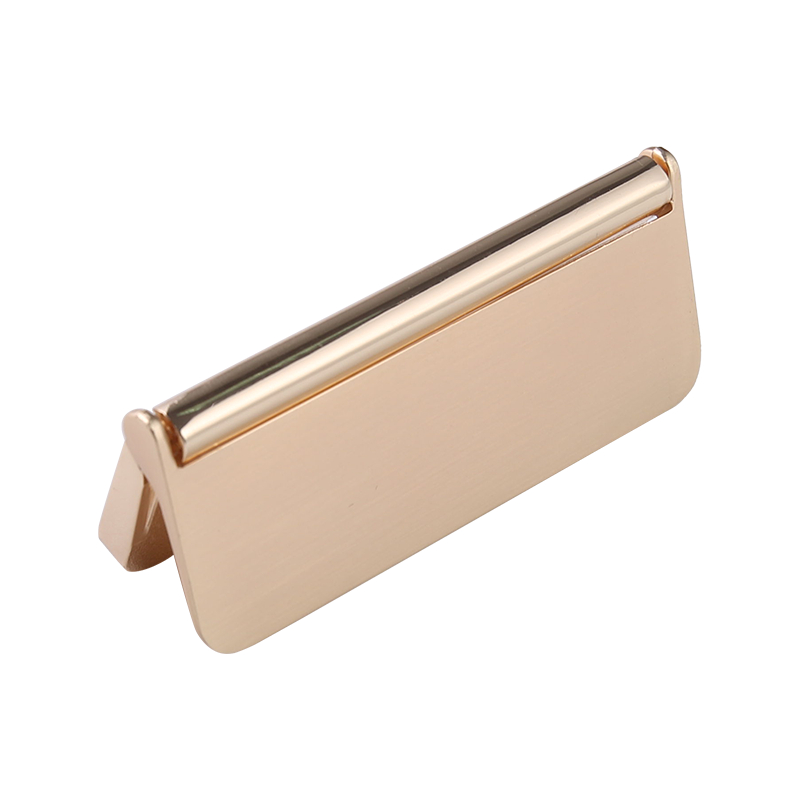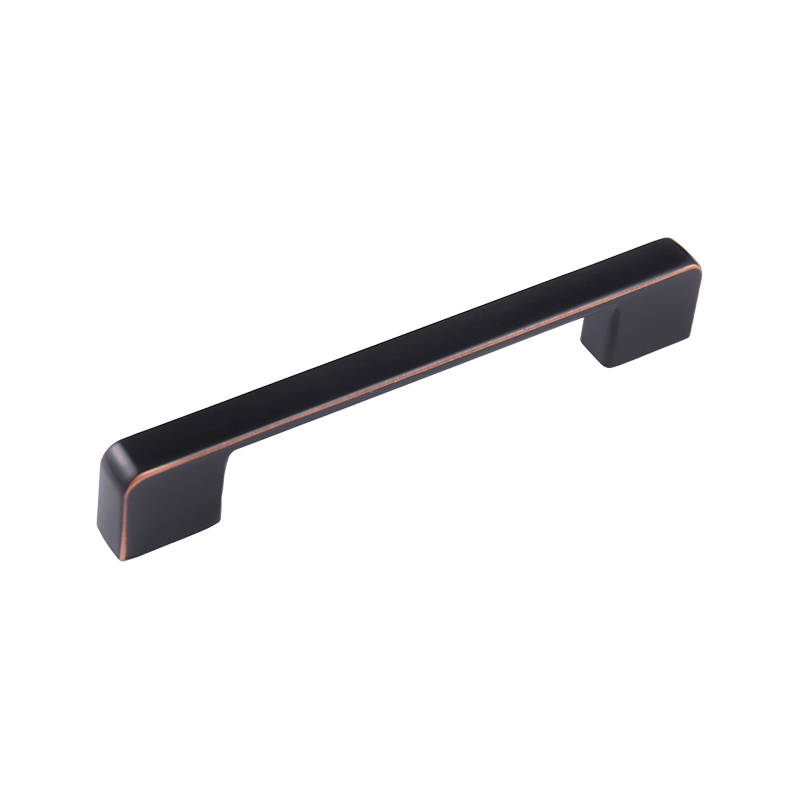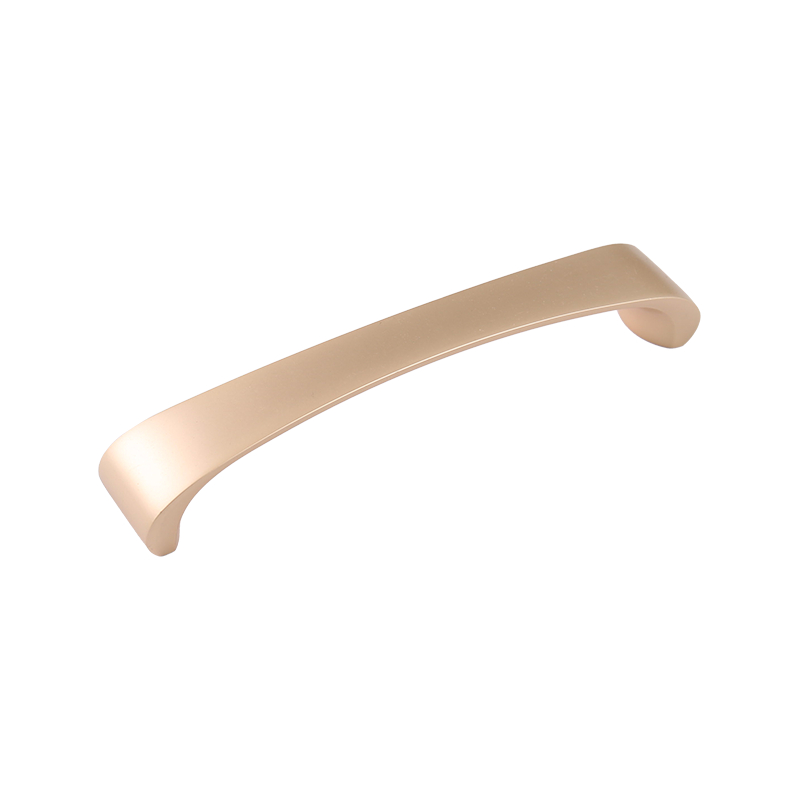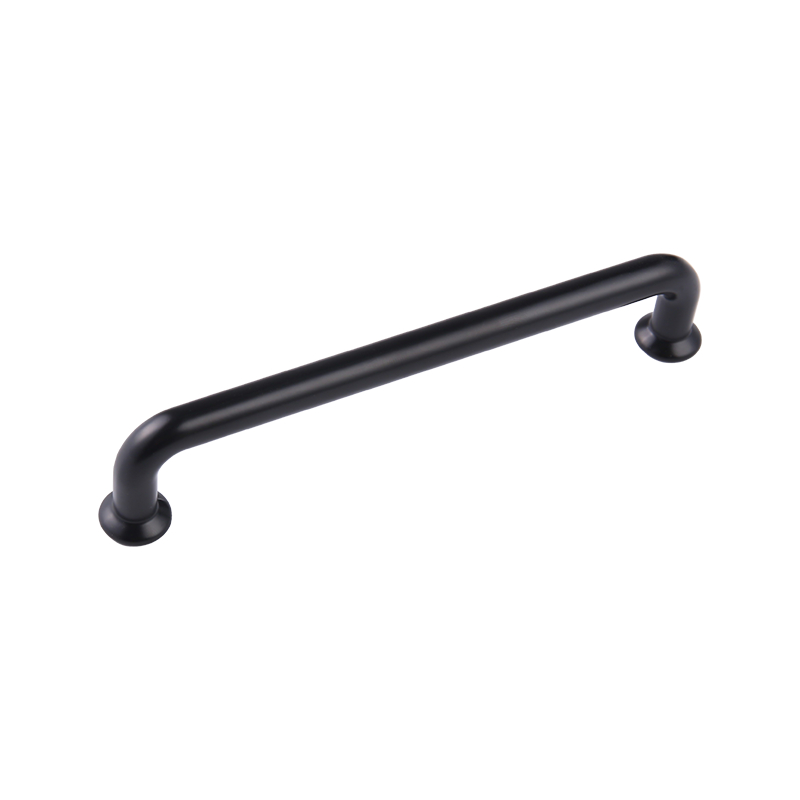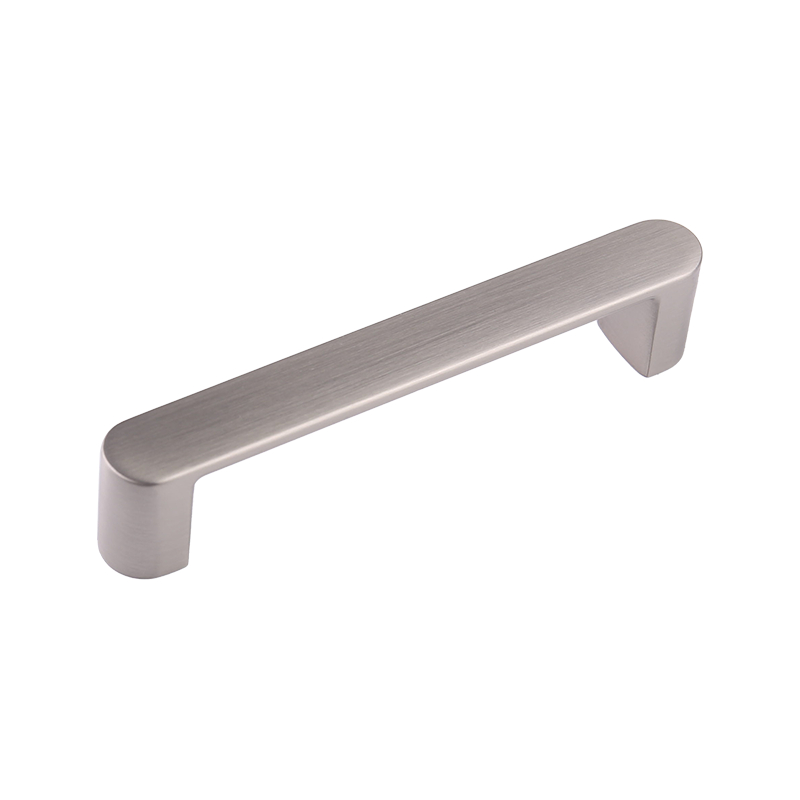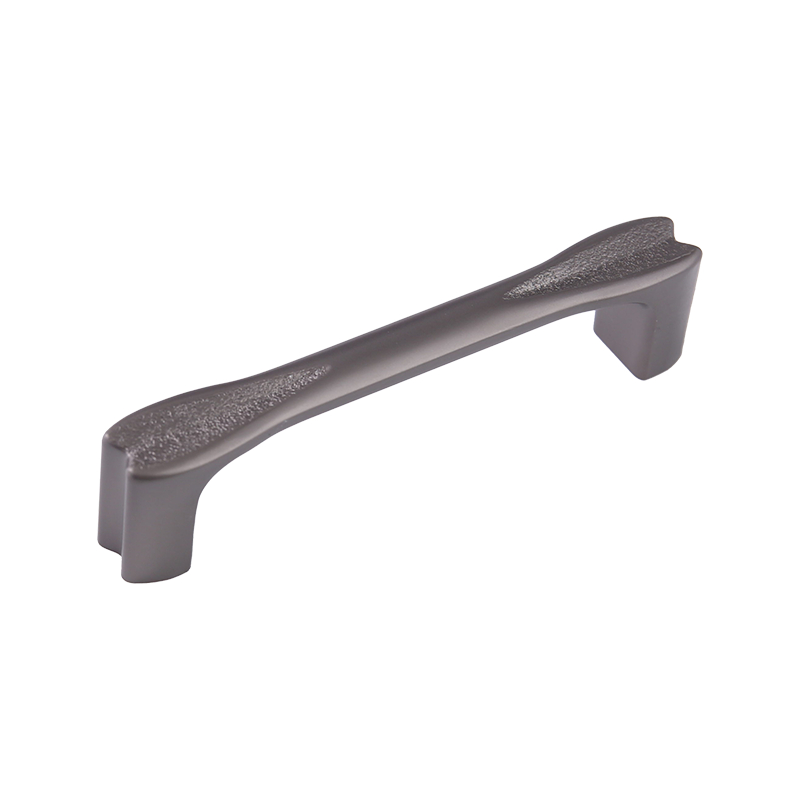As a professional hardware product manufacturing, R&D, design, and production enterprise, we are recognized as a pioneer in the hardware industry.
In the system of building security, door locks are undoubtedly the most basic and important link. From ancient wooden bolts to today's smart electronic door locks, the evolution of door lock technology not only reflects the continuous improvement of human safety needs, but also reflects the deep penetration of scientific and technological progress in daily life.
The history of door locks is almost as long as the history of civilization. In ancient Egypt, people used simple bolt structures made of wood to control the opening and closing of doors. In the Roman era, the use of metal materials made door locks more sturdy and complex. In medieval Europe, with the development of craftsman technology, mechanical locks began to become popular and the prototype of anti-theft design appeared. After the Industrial Revolution, standardized production made door locks begin to enter ordinary families and become an indispensable part of daily life.
Traditional mechanical door locks have dominated the market for nearly two centuries with their simple structure, easy operation and low cost. Despite this, it also has many defects. For example, problems such as key loss, easy duplication, and mechanical wear often plague users. The rise of modern technology, especially the development of information technology and microelectronics, has brought unprecedented changes to the door lock industry. Smart door locks represented by password locks, fingerprint locks, and face recognition locks are gradually replacing traditional mechanical locks and becoming the first choice for high-end residential and commercial places.
The core reason why smart door locks are popular is that they significantly improve security and convenience. Taking fingerprint locks as an example, its core technology is based on biometric algorithms, which can effectively avoid the risk of traditional keys being copied. At the same time, many smart locks also have remote control functions. Through mobile phone apps, you can view unlocking records in real time, set temporary passwords, and even unlock remotely. This information-based management method provides great convenience and security for families and businesses.
In actual application scenarios, the type and configuration of door locks often need to be customized according to specific needs. Home users usually pay more attention to convenience and aesthetics, while commercial places emphasize the scalability and permission management functions of the system. For example, in office buildings, a complete access control system often needs to be linked with elevator control and attendance systems to form a unified information management platform. At this time, the door lock is no longer just a single hardware device, but a key node of the entire intelligent security system.
In addition to functional progress, the design of door locks also pays more and more attention to user experience and aesthetic value. Many high-end brands have invested a lot of resources in industrial design while maintaining their technological leadership, striving to integrate technology with art. For example, the use of hidden fingerprint modules, LED dynamic displays, minimalist lines and a combination of multiple materials have made door locks not only a security barrier to protect the family, but also a part of the modern home.


 English
English русский
русский Español
Español عربى
عربى
